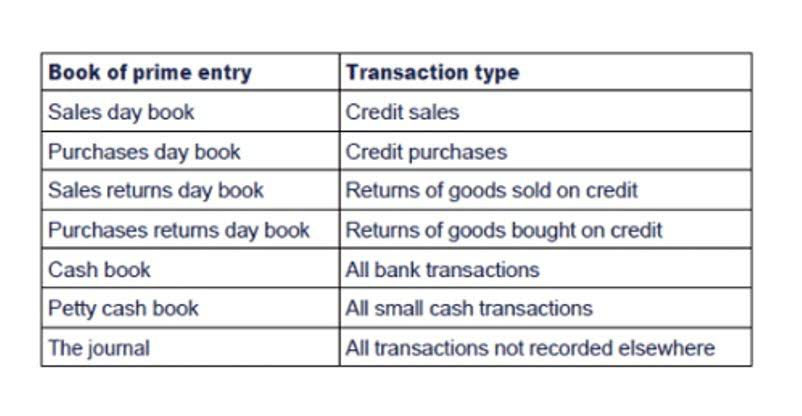To create a sales journal entry, you must debit and credit the appropriate accounts. Finally, the amount of time needed to post entries is reduced. Although each transaction must be posted to the subsidiary accounts receivable ledger, only the totals for the month have to be posted to the general ledger accounts. If you have accounting software or a bookkeeper, sales journal example you may not be making these entries yourself. But knowing how entries for sales transactions work helps you make sense of your general journal and understand how cash flows in and out of your business. And credited the credit sales by the same amount and also debited the Cost of goods sold by $ 1,50,000.00 and credited the inventory Account.
- Expect that this agent will say yes because your book is awesome, and waiting to be discovered.
- Since the purchases journal is only for purchases of inventory on account, it means the company owes money.
- Entries from the sales journal are posted to the Accounts Receivable subsidiary ledger and General Ledger.
- Had the sales journal recorded other items such sales tax, delivery fees charged to customers etc, then the credit would have gone to the appropriate tax or income account.
- Double Entry Bookkeeping is here to provide you with free online information to help you learn and understand bookkeeping and introductory accounting.
- When the operator specifies a cost center on the starting screen, Spectrum verifies that the operator has permission to access that cost center’s information before proceeding.
Our writing and editorial staff are a team of experts holding advanced financial designations and have written for most major financial media publications. Our work has been directly cited by organizations including Entrepreneur, Business Insider, Investopedia, Forbes, CNBC, and many others. The articles and research support materials available on this site are educational and are not intended to be investment or tax advice.
How to Record a Sales Journal Entry [with Examples]
In this case, the money paid by the customers has to be returned, and as a result, these go on the debit side. So, whether sales are credit or debit depends upon whether sales are made or products are returned. This is because of the fact that sales are basically an income-generating operation, so sales are entered in the credit side of the sales journal. These two are basically the same columns but the name just changes depending on whether the client made a purchase on credit or by paying cash. If the payment is made in cash, the column becomes the sales column, but when it is paid on credit, the column becomes account receivables. The sales invoice number is mentioned in the third column as shown in figure 1.
Since the sales journal is used exclusively to record credit sales, the last column (i.e., the amount column) represents both a debit to accounts receivable and a credit to sales. Entries from the sales journal are posted to the accounts receivable subsidiary ledger and general ledger. A single-column purchase journal is used only for recording credit purchase of merchandise. In this respect, the format of the purchase journal under periodic and perpetual systems is the same. In purchase journal transactions of merchandise purchased on credit for sale are recorded.
h century
In addition, for companies using the perpetual inventory method, there is another column representing a debit to Cost of Goods Sold and a credit to Merchandise Inventory, since two entries are made to record a sale on account under the perpetual inventory method. Using a sales journal significantly decreases the amount of work needed to record transactions in a manual system. It also is not necessary to write an explanation of the transaction because only credit sales are recorded.Finally, the amount of time needed to post entries is reduced. Although each transaction must be posted to the subsidiary Accounts Receivable ledger, only the totals for the month have to be posted to the General Ledger accounts.
For locations with sales taxes, you also need to record the sales tax that your customer paid so you know how much to pay the government later. You’ll record a total revenue credit of $50 to represent the full price of the shirt. However, the debit to the sales returns and allowances account ultimately subtracts $10 from your revenue, showing that you actually only earned $40 for the shirt. If your customer uses a credit card to buy the item, you’ll debit accounts receivable instead of cash since it’s income that you’re owed, but you haven’t been paid yet.
Population
Liabilities, equity, and revenue are increased by credits and decreased by debits. Finally, at the end of the month, the accounts receivable trial balance is prepared. Postings to the subsidiary ledger should be made daily to ensure that management has up-to-date knowledge about how much each customer owes. In the next section, we’ll talk more about what each debit and credit means for the sale entry. Some accounts are increased by debits and decreased by credits.
Accounting information systems were paper based until the introduction of the computer, so special journals were widely used. When accountants used a paper system, they had to write the same number in multiple places and thus could make a mistake. Now that most businesses use digital technology, the step of posting to journals is performed by the accounting software.


